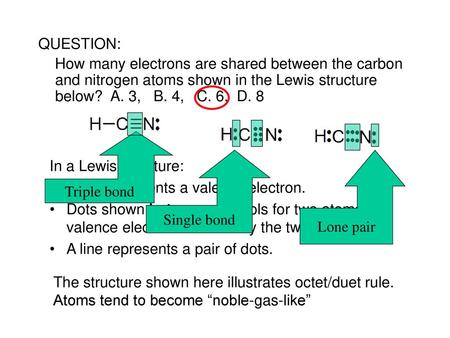


Locate the nearest noble gas preceding each element and identify the principal quantum number of the valence shell of each element.

Use the periodic table to predict the valence electron configuration of all the elements of group 2 (beryllium, magnesium, calcium, strontium, barium, and radium).Īsked for: valence electron configurations For elements after No, the electron configurations are tentative. The electron configurations of the elements indicated in blue are also anomalous, but the reasons for the observed configurations are more complex. The electron configurations of elements indicated in red are exceptions due to the added stability associated with half-filled and filled subshells. As a result, the periodic table can be divided into “blocks” corresponding to the type of subshell that is being filled, as illustrated in Figure \(\PageIndex\): Electron Configurations of the Elements. Although the table was originally organized on the basis of physical and chemical similarities between the elements within groups, these similarities are ultimately attributable to orbital energy levels and the Pauli principle, which cause the individual subshells to be filled in a particular order. To correlate the arrangement of atoms in the periodic table results in blocks corresponding to filling of the ns, np, nd, and nf orbitalsĪs you have learned, the electron configurations of the elements explain the otherwise peculiar shape of the periodic table.


 0 kommentar(er)
0 kommentar(er)
